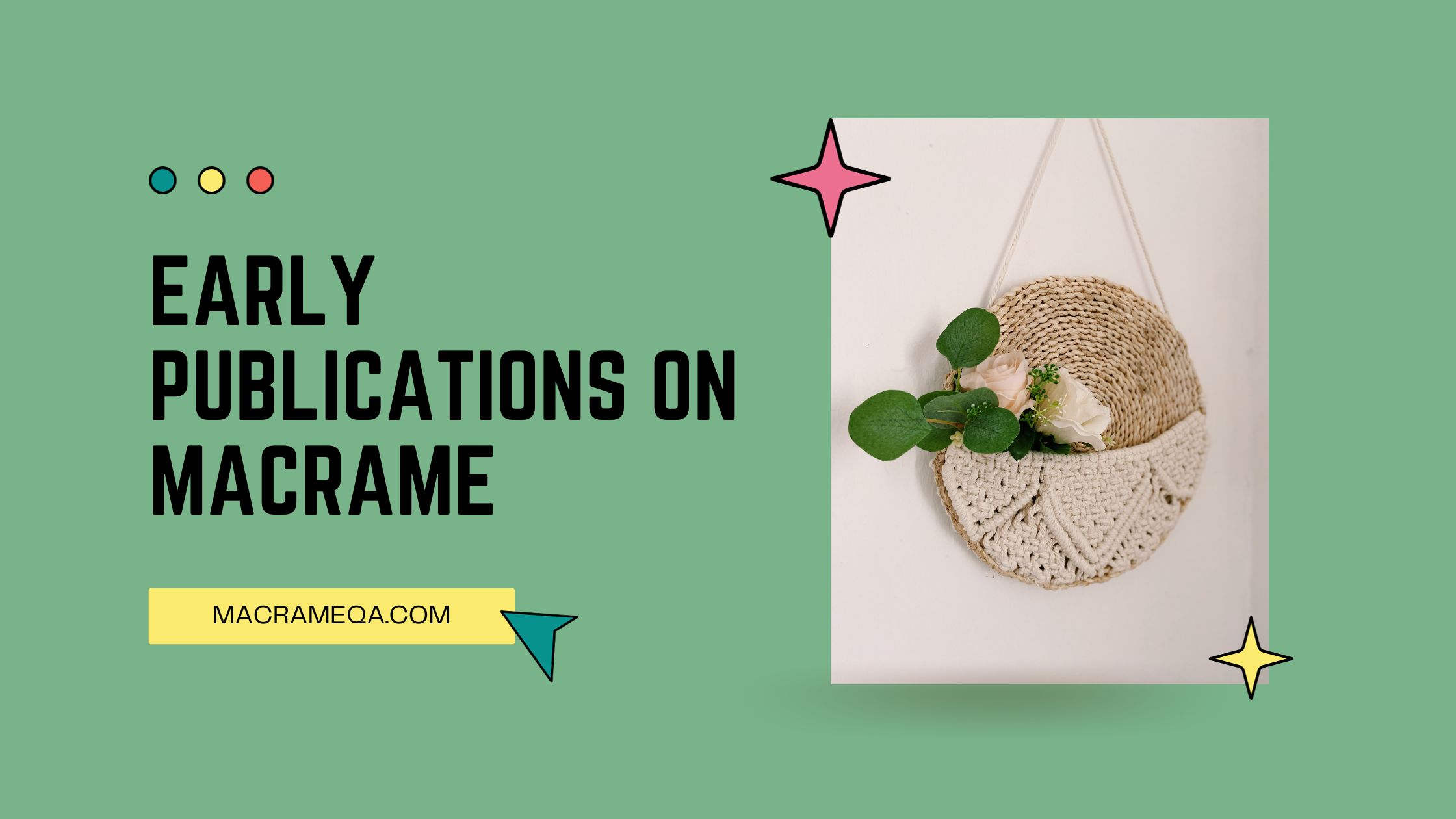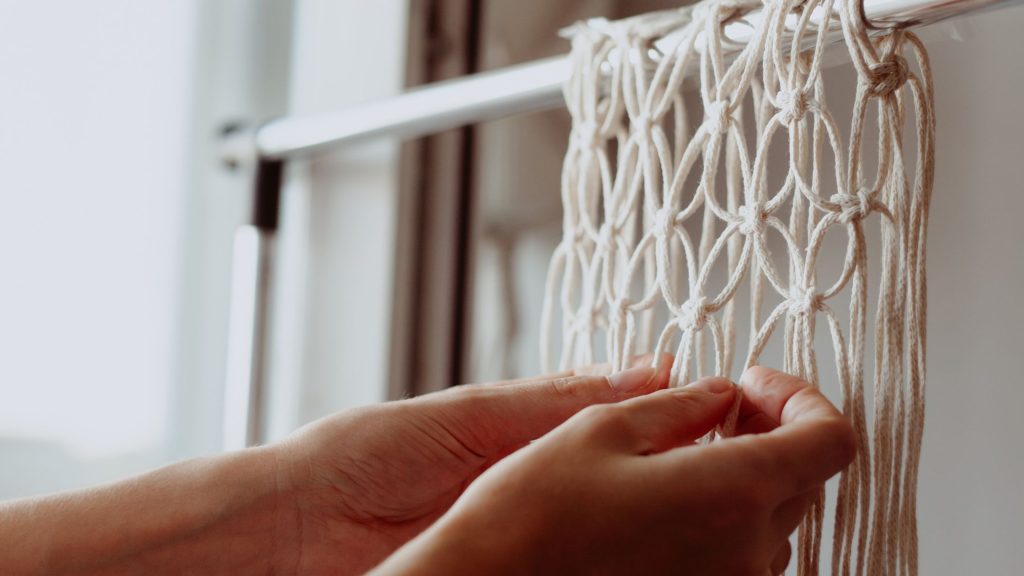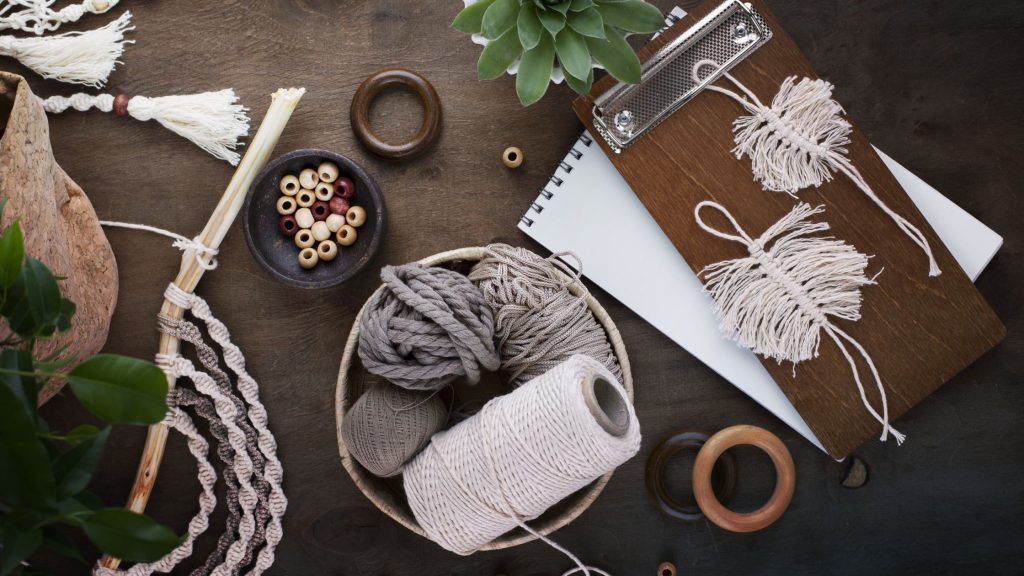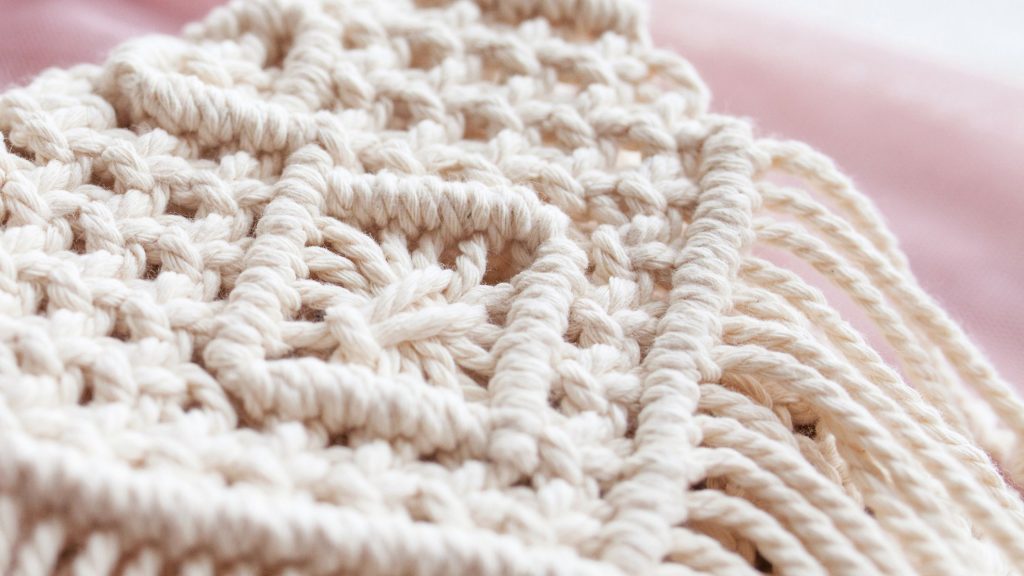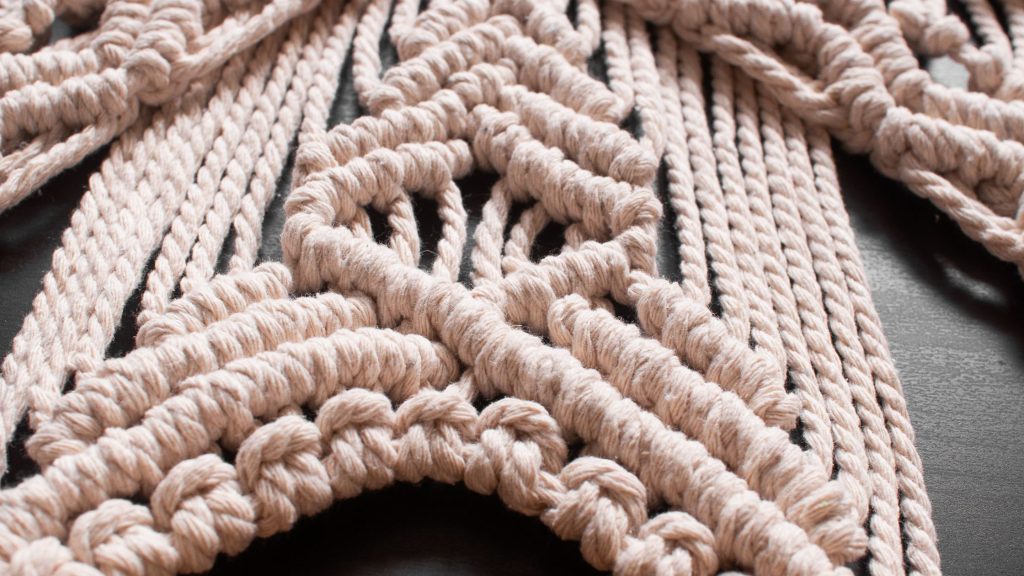Macrame, the art of knotting cords to create decorative patterns, has long been admired and practiced by creative individuals around the world. However, one may wonder about its origins and the early publications that brought this fascinating craft to the masses. Delve into the history of macrame and explore the influential publications that played a pivotal role in popularizing this intricate art form. From instructional guides to pattern catalogs, these early publications served as a gateway for enthusiasts to learn and create their macrame masterpieces. Join us as we take a journey back in time to uncover the fascinating origins of macrame and the publications that paved the way for its widespread popularity.
Early Publications on Macrame
Macrame, the art of knotting cord or string to create intricate and decorative patterns, has a long and storied history. While the exact origins of macrame are unknown, early publications play a crucial role in documenting its development and evolution over the centuries. These publications served as invaluable resources, preserving the techniques and patterns used by macrame artisans from ancient times to the present day. In this article, we will explore the early publications on macrame, tracing its origins, examining its techniques in different periods, and discussing its presence in various types of publications.
The Origins of Macrame
The origins of macrame can be traced back to ancient times. Although the precise beginning is difficult to determine, early civilizations such as the Ancient Egyptians, Assyrians, and Chinese were known to practice knotting techniques that resemble macrame. These ancient publications on macrame, however, were not in the form of printed books, as the printing press had not yet been invented. Instead, knowledge of macrame was passed down through oral traditions, inscriptions, and illustrations of ancient artifacts.
Ancient Macrame Techniques
The earliest documentation of macrame techniques can be found in various ancient publications, including illustrations on tomb walls, preserved papyrus scrolls, and stone carvings. These publications showcased how different knots were used to create decorative items and functional pieces. One particularly significant example is the Assyrian bas-relief sculptures, which depict intricate knotting patterns used in the creation of clothing and household items. These ancient publications are a testament to the artistry and craftsmanship of macrame in early civilizations.
Macrame in the Middle Ages
During the Middle Ages, macrame continued to evolve and develop as a significant craft. However, the lack of widespread literacy and the printing press limited the availability of publications on macrame during this period. Instead, knowledge of macrame techniques was primarily transmitted through guilds and apprenticeships. Skilled artisans would pass down their expertise to the next generation, ensuring the preservation and refinement of macrame techniques. While written publications on macrame were scarce, medieval manuscripts occasionally featured illustrations or references to macrame knots and patterns.
Macrame in the Renaissance
With the advent of the printing press in the 15th century, the dissemination of knowledge expanded dramatically. This led to an increase in publications on various crafts, including macrame. During the Renaissance, books and treatises dedicated to decorative arts became more prevalent, and macrame found its place among them. These publications not only provided detailed instructions on macrame techniques but also included patterns and designs for a wide range of decorative items. The accessibility of printed publications during this period contributed to the popularization of macrame as a widespread craft.
Macrame in the 19th Century
The 19th century witnessed a resurgence of interest in macrame, particularly in Europe and North America. This resurgence was reflected in the numerous publications dedicated to macrame that emerged during this time. Craft magazines played a significant role in promoting macrame, featuring articles, patterns, and instructions on various macrame projects. These publications aimed to inspire and instruct readers on how to incorporate macrame into their homes and wardrobes. The 19th-century publications on macrame showcased the versatility of this craft, ranging from delicate lace-like patterns to robust and functional pieces.
Macrame in the Early 20th Century
As the 20th century began, macrame continued to capture the imagination of craft enthusiasts worldwide. This era saw the emergence of instructional manuals and books dedicated exclusively to macrame. These publications provided detailed step-by-step instructions, accompanied by illustrations, enabling individuals to master macrame techniques independently. The early 20th-century publications on macrame demonstrated how the craft could be used not only for household items and clothing but also for creating intricate wall hangings and artistic sculptures. Macrame became a popular pastime, and these publications played a crucial role in enabling its accessibility to a wider audience.
Macrame in Craft Magazines
Craft magazines played a pivotal role in promoting and sharing macrame techniques throughout the 20th century. These publications featured regular columns, articles, and pattern instructions dedicated to macrame. Craft enthusiasts eagerly awaited the latest issues to discover new macrame designs and patterns. The magazines served as a platform for showcasing the work of talented macrame artists and fostering a sense of community among enthusiasts. By providing instructions and inspiration, craft magazines played a significant role in the continued growth and popularity of macrame.
Macrame in Home Decor Books
Macrame’s influence expanded beyond the world of crafts, finding its way into home decor books. These publications focused on using macrame as a way to add unique and stylish elements to interior design. They showcased how macrame could be incorporated into various home decor styles, whether as delicate accents or bold statement pieces. Home decor books not only provided visually stunning examples but also offered detailed instructions and patterns, enabling readers to recreate the macrame designs in their own homes. Macrame found a prominent place in the world of interior design through these publications.
Macrame in Instructional Manuals
Instructional manuals dedicated exclusively to macrame served as indispensable resources for both beginners and experienced practitioners. These manuals provided comprehensive guides to mastering macrame techniques, from basic knots to complex patterns. They often included detailed illustrations, diagrams, and patterns, ensuring clarity and ease of understanding. Instructional manuals played a crucial role in making macrame accessible to a wide audience, allowing individuals to embark on their macrame journey with confidence and creativity.
Macrame in Modern Publications
Macrame has experienced a resurgence in recent years, reclaiming its place as a popular craft and art form. This resurgence is reflected in the abundance of modern publications dedicated to macrame. From coffee table books featuring breathtaking macrame installations to online tutorials and video guides, the modern landscape offers a wealth of resources for macrame enthusiasts. These publications incorporate contemporary designs, innovative techniques, and creative applications of macrame, keeping the craft relevant and exciting in the present day.
Conclusion
In conclusion, early publications on macrame have been instrumental in documenting the craft’s origins, techniques, and evolution over time. From ancient inscriptions to medieval manuscripts, Renaissance books to modern publications, each era has contributed to the preservation and growth of macrame. These publications have not only educated and inspired generations of macrame enthusiasts but also played a crucial role in establishing macrame as a respected and enduring art form. Whether in ancient civilizations or the bustling modern world, the dissemination of macrame knowledge through publications continues to shape and inspire artistic endeavors.

